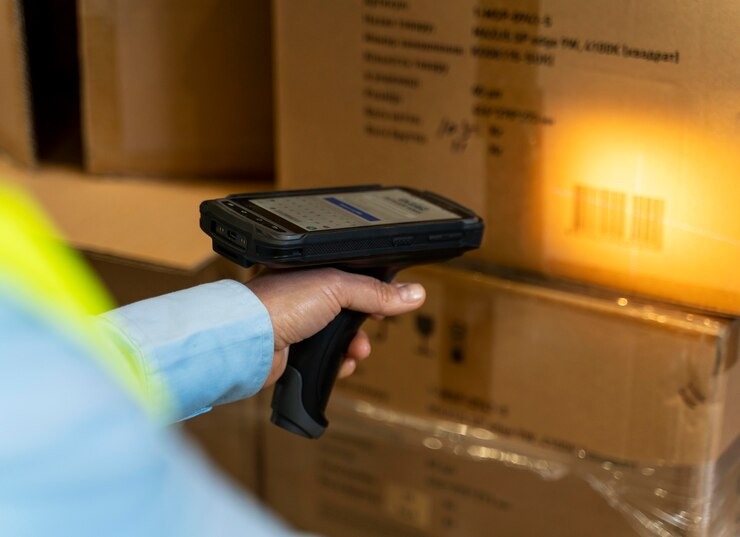
Contents
In an era where technology continuously evolves to streamline operations and enhance productivity, libraries are not left behind. The integration of RFID software into library management systems has revolutionized how libraries function, offering unprecedented efficiency and ease of management. This article explores the significance of RFID software and delves into the fundamentals of what constitutes a library management system.
Understanding RFID Software
RFID, or Radio Frequency Identification, is a technology that uses electromagnetic fields to automatically identify and track tags attached to objects. These tags contain electronically stored information that can be read from a distance without requiring line-of-sight scanning. In libraries, RFID software is used to manage and track inventory, streamline check-in and check-out processes, and enhance security measures.
The implementation of RFID software in libraries involves attaching RFID tags to books and other materials. Each tag contains a unique identifier that corresponds to an entry in the library’s database. RFID readers, placed at strategic locations within the library, interact with these tags to perform various functions. This seamless interaction ensures that library operations are swift, accurate, and less labor-intensive.
What is Library Management System?
A library management system (LMS) is a comprehensive software solution designed to manage and automate various functions of a library. It encompasses several modules that cater to different aspects of library management, including cataloging, circulation, acquisition, and patron management. The primary objective of an LMS is to facilitate efficient management of library resources, ensuring easy access and enhanced user experience.
Key Features of a Library Management System
- Cataloging: This module allows librarians to create and maintain a detailed catalog of all library materials. It includes information such as titles, authors, publication dates, and classifications, enabling users to search and locate items quickly.
- Circulation: The circulation module manages the borrowing and returning of library materials. It tracks due dates, overdue items, and fines, ensuring a smooth and transparent process for both patrons and librarians.
- Acquisition: This feature handles the procurement of new materials. It assists in ordering, receiving, and invoicing, making the acquisition process efficient and cost-effective.
- Patron Management: This module maintains records of all library users. It includes information such as user profiles, borrowing history, and communication preferences, facilitating personalized services and targeted communication.
- Reporting and Analytics: An LMS provides detailed reports and analytics on various aspects of library operations. These insights help in decision-making, resource allocation, and identifying trends and patterns.
The Synergy of RFID Software and Library Management Systems
Integrating RFID software with a library management system brings about a significant transformation in library operations. Here’s how:
- Enhanced Efficiency: RFID tags and readers automate the check-in and check-out process, reducing the time and effort required. This allows library staff to focus on more value-added tasks, such as user assistance and program development.
- Accurate Inventory Management: RFID software provides real-time tracking of library materials, minimizing errors in inventory management. It helps in quickly locating misplaced items and conducting inventory audits effortlessly.
- Improved User Experience: The automation of routine tasks and the availability of self-service kiosks enhance the overall user experience. Patrons can check out and return items independently, reducing wait times and improving satisfaction.
- Enhanced Security: RFID technology acts as a deterrent to theft and unauthorized removal of materials. Security gates equipped with RFID readers alert staff if items are taken out without proper check-out, ensuring the safety of library assets.
In conclusion, the integration of RFID software into library management systems marks a significant advancement in library technology. It not only streamlines operations and improves accuracy but also enhances the overall user experience. Understanding what is library management system entails and how RFID software complements it is crucial for libraries aiming to modernize and optimize their services in today’s digital age.